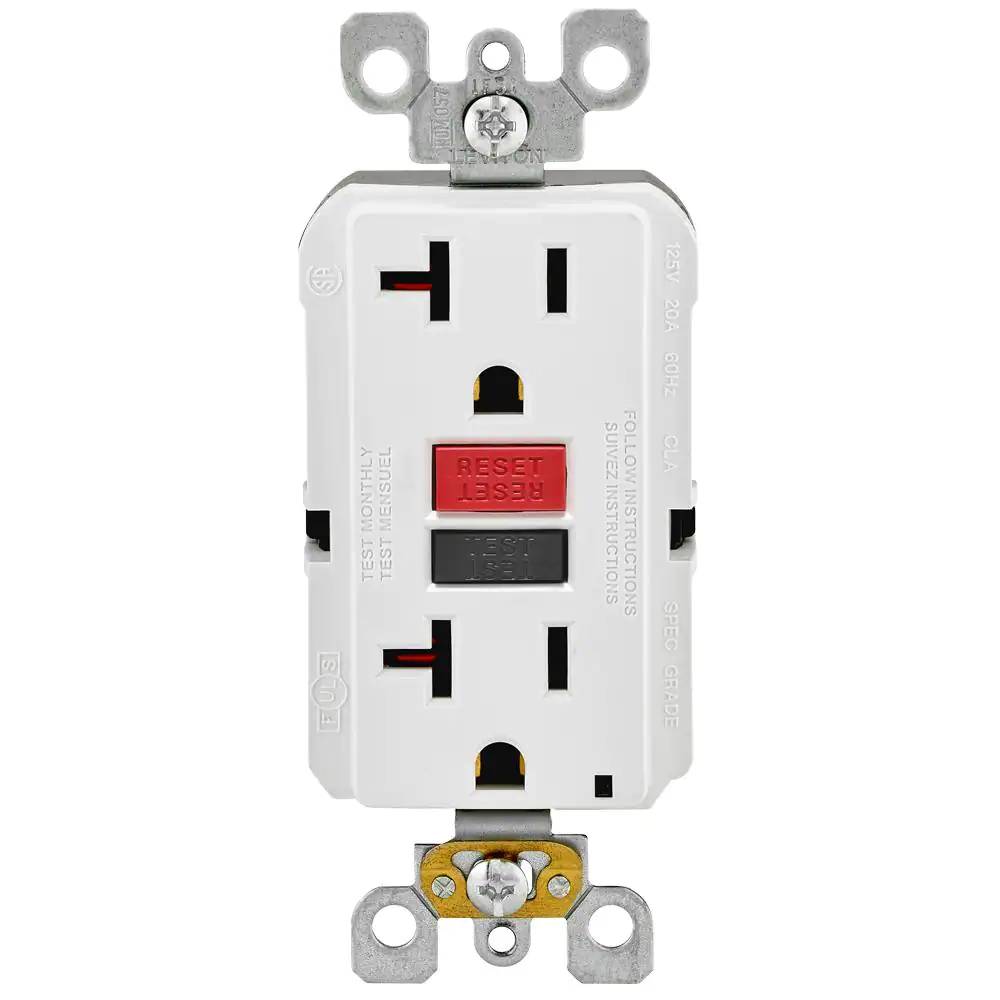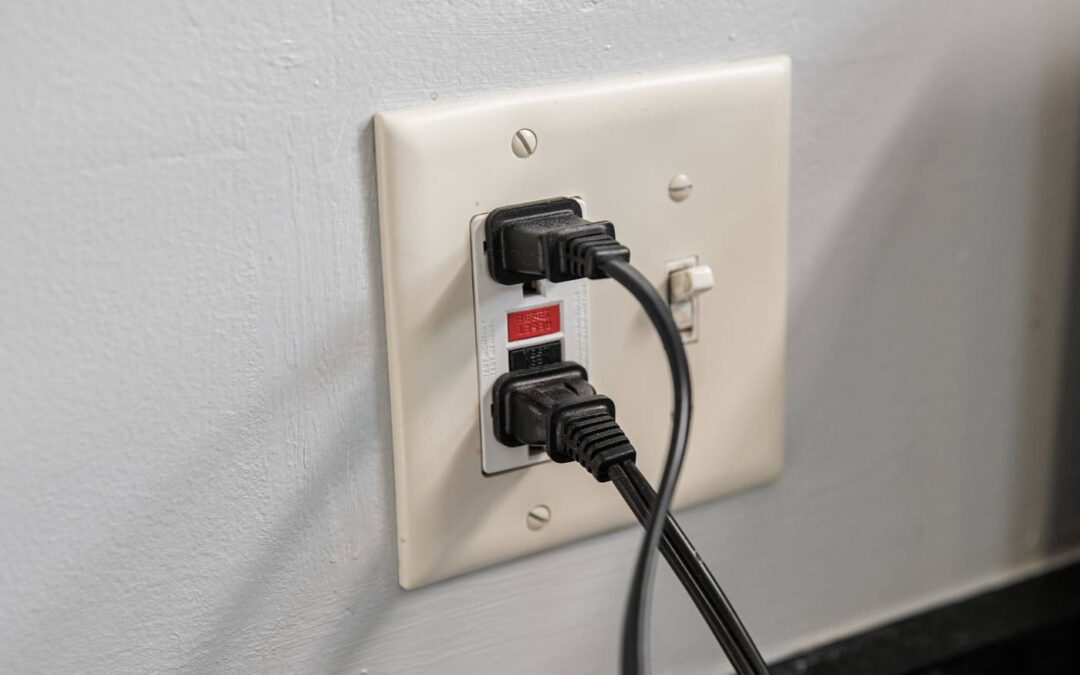What Is A GFCI Outlet?
GFCI — or ground fault circuit interrupter outlets, to give them their official name — are a relatively new feature to U.S. home electrical systems. They were adopted as standard practice in residential homes in the 1970s thanks to the advocacy of electrical experts and the Consumer Product Safety Commission. GFCI outlets tout a number of benefits, including reducing your risk of electrocution from faulty wiring or frayed cords, as well as protecting you from getting shocked by an appliance that has been dropped into water soluable liquid.
How To Reset A Tripped GFCI Outlet
If an electrical circuit trips a GFCI outlet, or a Ground Fault Circuit Interrupter (GFCI) device trips, first unplug the appliance you were using AND any other appliances plugged into the same circuit as the GFCI. To reset a GFCI outlet, look carefully at the two little buttons on the front of the outlet. Press the one that says RESET. Usually, the RESET button is red, while the TEST button is black. You should hear a click when you press the RESET button, and your appliance should start working again.
If your GFCI outlet is older, the lettering and coloring may have worn down, and the TEST and RESET buttons may be difficult to distinguish from one another. If this is the case, you may want to replace the GFCI outlet.

What To Do When Your GFCI Outlet Won’t Reset
If the outlet continues to stick in the “on” position, or if a GFCI outlet won’t reset normally, there may be some water in the outlet or a short circuit. To dry it out, unplug it and use a hairdryer on it for 10 minutes. If the GFCI reset button doesn’t work after that, turn off the circuit breaker at the main panel and replace the outlet.
DIY tips are for informational purposes only. Please be sure to take the appropriate safety precautions and ensure your project complies with any applicable federal, state, or local laws and regulations.
AHS assumes no responsibility, and specifically disclaims all liability, for your use of any and all information contained herein.

